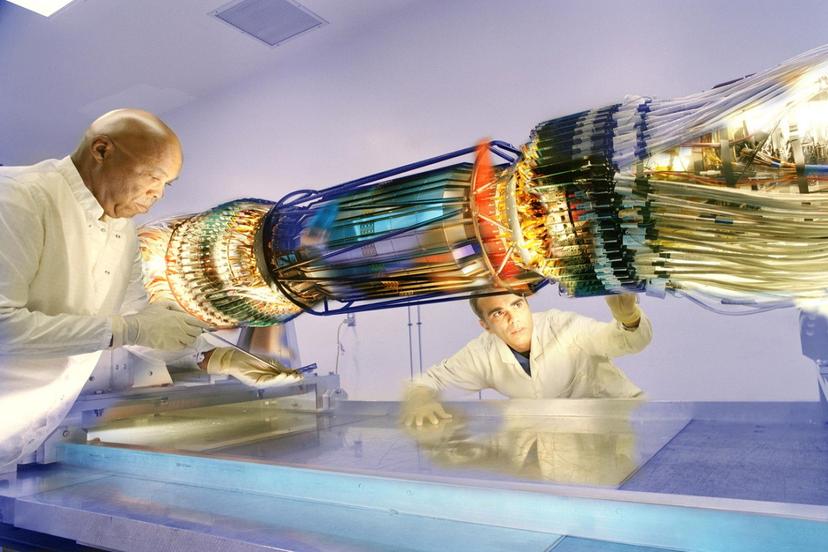Mathematics and Physics

Background
Mathematics and physics are closely related natural sciences. Mathematics is the science and study of numbers and how they relate with each other. Physics is the study of the basic elements and laws of the universe.
The earliest mathematical records date to the ancient Babylonians and Egyptians of 3000 B.C., when math involved basic measuring and calculating. Primitive counting systems were probably based on using fingers. Primitive forms of geometry and algebraic relationships were used in the ancient Middle East to solve specific problems, but mathematics did not yet include formulating proofs. In Greece, mathematics was advanced by Thales of Miletus and Pythagoras of Samos, a religious leader who taught that studying numbers was important in understanding the world. They invented abstract mathematics, founded on a logical structure of definitions, axioms, and proofs. In the fifth century B.C., the philosopher Democritus discovered the formula for figuring out the volume of a pyramid, and Hippocrates made some discoveries related to the famous problem of squaring the circle, making a square equal in area to a given circle. Other famous Greek mathematicians include Euclid, Archimedes, and Apollonius.
Isaac Newton, the 17th-century English mathematician and physicist, was only 23 when he started figuring out the principles of physics. He also discovered the law of gravity and formed a theory about light. Newton invented differential and integral calculus and studied space, exploring the appearance of comets and the effect of the moon on our oceans' tides.
Englishman Charles Babbage designed a machine in the 1800s that could automatically perform math computations based on instructions stored on cards or tape. His machine evolved into today's computers, which are used for numerical analysis, finite mathematics, number theory, differential equations, and abstract algebra. Physicists use computers in their investigations of light, mechanics, thermodynamics, electricity, magnetism, atomic theory, and astrophysics, among many other scientific disciplines.
Major developments in the 20th century include quantum theory and the theory of relativity, which have changed the understanding of physics as it is known today. Recent technological advances—especially in computer technology, electronics, nuclear energy, and high-energy particle accelerators—have also made the scope of physics and mathematics bigger than ever.
In 2012, particle physics came to the fore when scientists using CERN's Large Hadron Collider discovered a new subatomic particle they believed might be the elusive Higgs boson, a particle theorized to be linked to why elementary particles possess mass.
